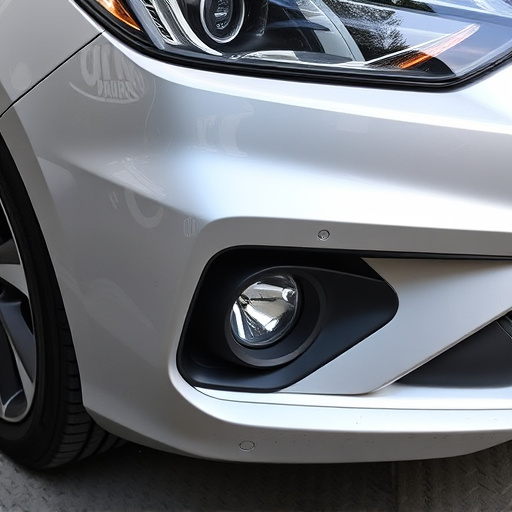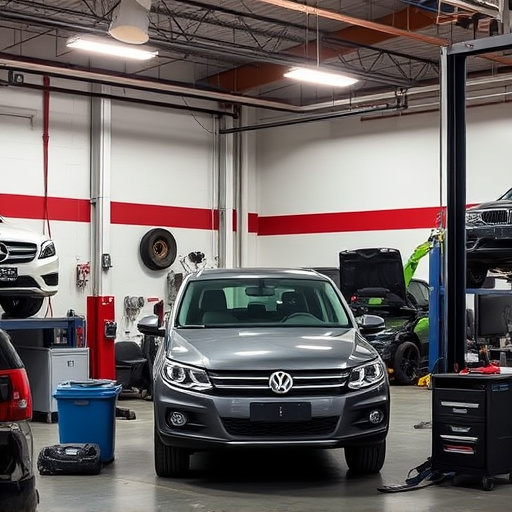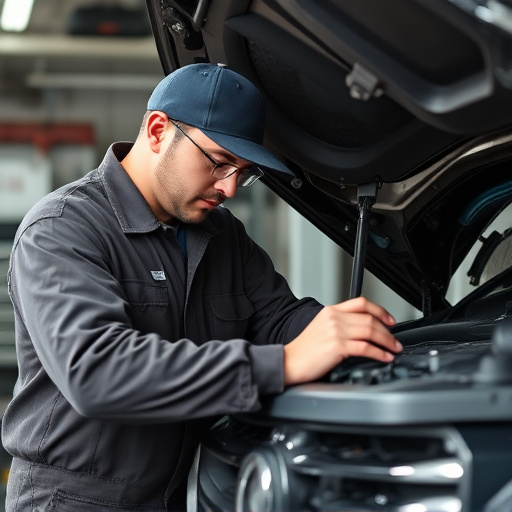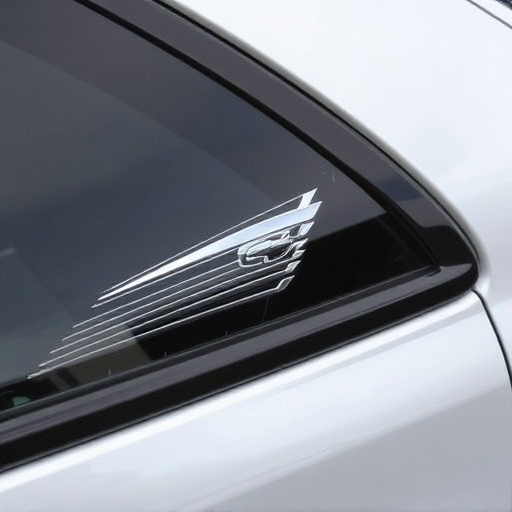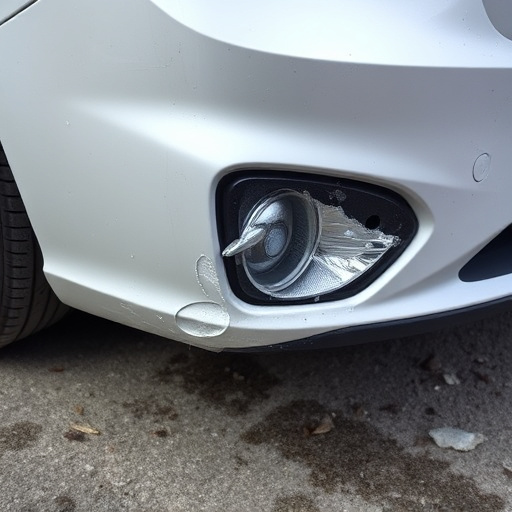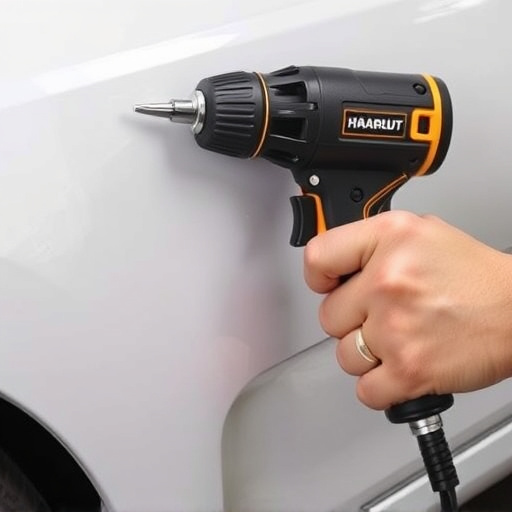Mercedes Active Brake Calibration (ABC) is a safety system requiring regular calibration by certified centers using OEM diagnostic tools for optimal performance and reliability. The process involves scanning and adjusting parameters to ensure precise response times and effective braking distances, testing after completion to maintain top-condition safety systems.
Enhance your Mercedes’ safety and performance with a precise Mercedes Active Brake Calibration. This process, often overlooked, is key to optimizing braking systems. Using Original Equipment Manufacturer (OEM) diagnostic tools ensures accurate adjustments for improved stopping power and stability. Our comprehensive guide details the step-by-step process, empowering car enthusiasts and professionals alike to perform this crucial maintenance task effectively. Discover the tools required and unlock your Mercedes’ full braking potential.
- Understanding Mercedes Active Brake Calibration
- Tools Required for Precise Calibration
- Step-by-Step Process: A Comprehensive Guide
Understanding Mercedes Active Brake Calibration

Mercedes Active Brake Calibration is a critical system for ensuring vehicle safety and performance. It’s an advanced technology that allows the car to automatically apply brakes in emergency situations, preventing or mitigating collisions. This sophisticated system uses sensors to detect potential hazards and adjusts brake pressure accordingly, making it essential for maintaining optimal driving dynamics.
Regular calibration ensures that this life-saving feature functions correctly. When a collision repair center or auto body shop performs Mercedes active brake calibration using OEM diagnostic tools, they fine-tune the system’s parameters, ensuring precise response times and effective braking distances. This process involves scanning and analyzing various data points to make adjustments, ultimately enhancing the vehicle’s overall safety and reliability, which is paramount in today’s automotive landscape.
Tools Required for Precise Calibration

To achieve precise Mercedes active brake calibration, several OEM diagnostic tools are essential. These tools ensure accurate measurements and adjustments for optimal braking performance. Among them, a high-quality diagnostic scanner compatible with Mercedes vehicles is crucial. This scanner allows access to the car’s computer system, enabling technicians to read and alter critical parameters related to the anti-lock braking system (ABS).
Additionally, specialized software designed for active brake calibration is required. This software provides the necessary interface to interact with the vehicle’s sensors and actuators, facilitating precise adjustments. Together with these tools, a safe and controlled testing environment in a professional auto repair shop or body shop services facility is vital. Here, technicians can conduct thorough tests, ensuring that every component of the braking system functions optimally before final calibration.
Step-by-Step Process: A Comprehensive Guide

Performing Mercedes active brake calibration using OEM diagnostic tools involves a meticulous step-by-step process that ensures optimal vehicle safety and performance. First, connect the diagnostic tool to the car’s OBD-II port, ensuring it’s compatible with your Mercedes model. The software will then detect the vehicle and display relevant data on the screen.
Next, navigate to the brake system menu within the diagnostic software. Here, you’ll find options for active brake calibration. Select this feature and follow prompts, which typically involve choosing the specific brake component(s) to calibrate – like ABS or EDS sensors. The tool will guide you through each step, providing real-time data on wheel speed, brake pressure, and other parameters. Once complete, test the brakes thoroughly to confirm proper functioning. This process is crucial for maintaining the car’s safety systems in top condition, especially after any auto maintenance or car restoration work.
Mercedes Active Brake Calibration is a vital process, ensuring optimal safety and performance. Using OEM diagnostic tools allows for precise adjustments, enhancing vehicle stability and reducing stopping distances. By following a systematic approach, as outlined in this guide, owners can effectively calibrate their Mercedes’ active brake systems, contributing to a safer driving experience without compromising comfort or control.
